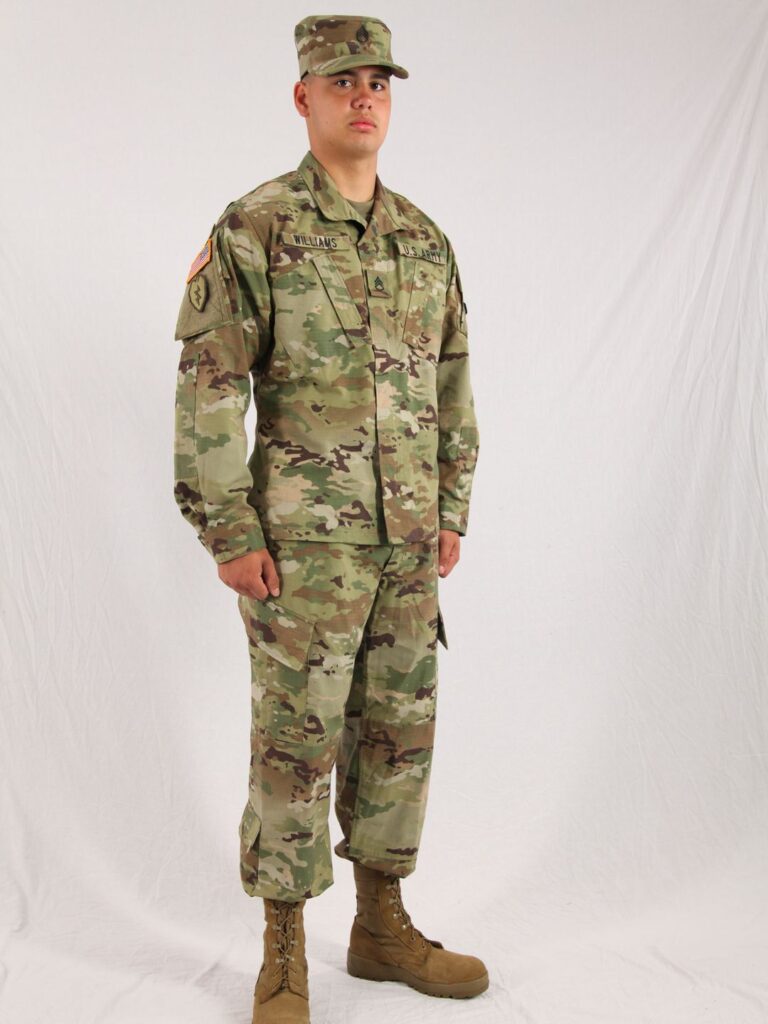The history of military uniforms spans centuries, from ancient times to modern warfare. These uniforms have played a crucial role in identifying soldiers, providing protection, and adapting to the changing nature of combat. Early military uniforms were practical and easily recognizable, with colors and symbols distinguishing soldiers on the battlefield. The concept of camouflage emerged in the 19th century, evolving to better blend in with surroundings and avoid detection. World War I and II saw significant advancements in uniform design, with tailored outfits for different environments and advances in materials. Today, modern military uniforms continue to evolve with advanced technologies, offering better protection and comfort for soldiers. The future of military uniforms may involve smart fabrics and enhanced capabilities, demonstrating the continuous innovation in armed forces worldwide.
The History of Military Uniforms
Military uniforms have been a crucial part of warfare for centuries. From ancient times to the modern era, soldiers have worn specific clothing to help identify them as part of a particular army or unit. As warfare has evolved, so too have military uniforms, with advancements in technology, tactics, and strategies influencing their design and functionality.
Early Military Uniforms
Throughout history, military uniforms were primarily designed to be practical, durable, and easily recognizable. In ancient times, soldiers wore tunics or armor made from leather, metal, or other materials to protect themselves in battle. The use of colors and symbols on these uniforms helped soldiers distinguish friend from foe on the battlefield.
The Rise of Camouflage
As warfare became more sophisticated, so too did military uniforms. In the 19th century, the concept of camouflage began to emerge as a way to help soldiers blend in with their surroundings and avoid detection by the enemy. The British Army was one of the first to adopt camouflage patterns in their uniforms during the Boer War in South Africa.
World War I
During World War I, military uniforms underwent a significant transformation. The introduction of trench warfare and modern weaponry necessitated changes in uniform design to provide better protection for soldiers. Camouflage patterns became more prevalent, and uniforms were adapted to meet the specific needs of the different combat environments.
World War II
World War II marked a turning point in the evolution of military uniforms. Advances in technology, such as the development of synthetic fabrics and new printing techniques, allowed for more effective camouflage patterns to be created. Soldiers were outfitted with uniforms tailored to specific theaters of war, such as the jungle, desert, or urban environments.
Modern Military Uniforms
Today, military uniforms continue to evolve to meet the challenges of modern warfare. The use of advanced materials, such as kevlar and moisture-wicking fabrics, provide better protection and comfort for soldiers in the field. Camouflage patterns are designed using computer algorithms to maximize their effectiveness in different environments.
The Future of Military Uniforms
As technology continues to advance, the future of military uniforms looks promising. Some experts predict that uniforms will incorporate smart fabrics that monitor vital signs, provide enhanced communication capabilities, and even have built-in armor protection. The evolution of military uniforms is a testament to the ingenuity and resourcefulness of armed forces around the world.
